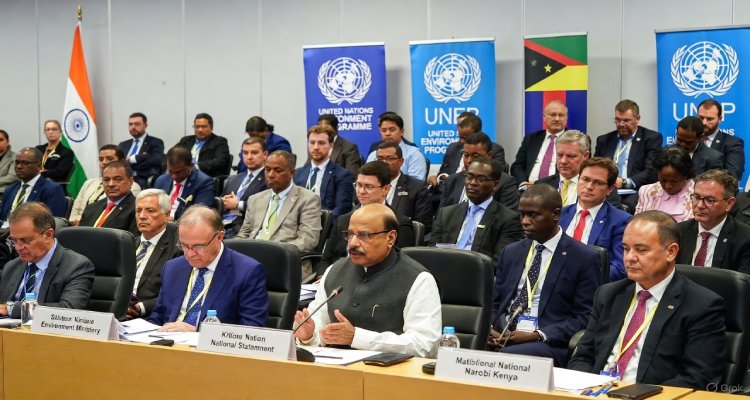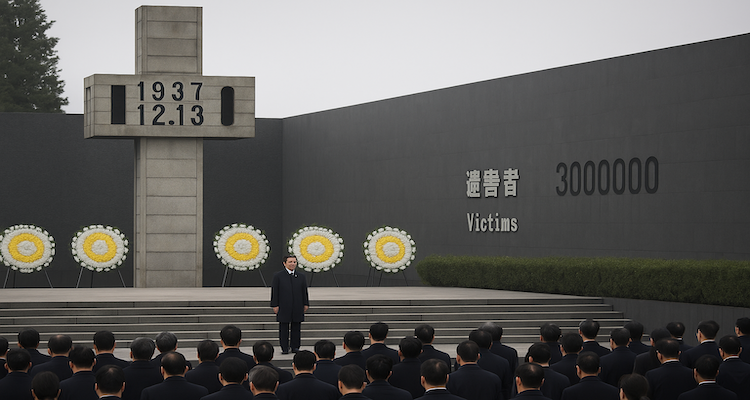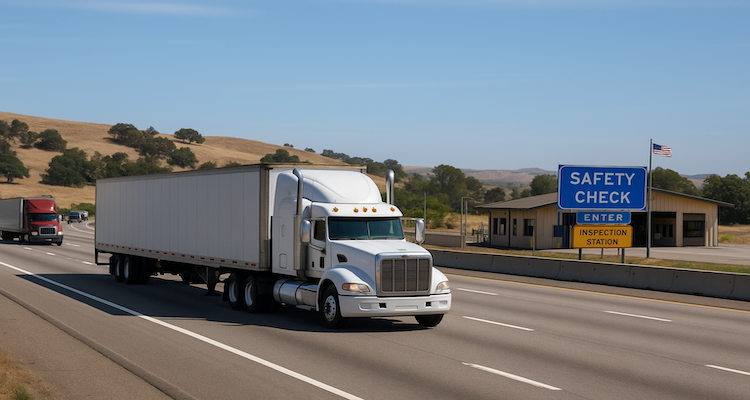U.S. Strikes on Pacific Drug Boats Leave 14 Dead, Heighten Regional Tensions
Four suspected drug-smuggling boats were destroyed by U.S. forces in the eastern Pacific, killing 14 people and intensifying Washington’s regional counter-narcotics push.
Deadly Strikes in the Pacific Spark Global Attention
The United States carried out a series of deadly strikes on suspected drug-smuggling vessels in the eastern Pacific Ocean, killing 14 people and leaving one survivor, U.S. Defense Secretary Pete Hegseth confirmed Tuesday. The operation marks another aggressive step in President Donald Trump’s widening campaign against international narcotics trafficking.
Hegseth stated that the targeted vessels were believed to be operating along established drug routes, carrying illegal narcotics bound for North America. He described the missions as “successful interdictions” but provided no specific evidence to substantiate the claims.
A Military Show of Force Beyond U.S. Waters
The strikes came amid a significant military buildup ordered by the Trump administration in the Caribbean region. The deployment includes guided-missile destroyers, F-35 fighter jets, a nuclear-powered submarine, and thousands of U.S. troops. The Ford carrier strike group is also en route to the area and is expected to arrive within weeks, signaling Washington’s growing reliance on military assets in counter-drug operations.
According to Hegseth, Mexican authorities have taken control of the search-and-rescue mission for the lone survivor of Monday’s attack. In a short video clip released on social media, two vessels can be seen close together before erupting in explosions footage that has fueled both support and skepticism online.
Administration Keeps Details Under Wraps
While the Defense Department confirmed the strikes, officials have offered little transparency about key details such as the exact quantities of drugs involved, the nationalities of those killed, or whether the operation received regional coordination.
Mexican officials have yet to issue a statement, and the Pentagon has declined to identify the vessels’ origins. The lack of disclosure has raised concerns among lawmakers and human rights groups who argue that the operations risk violating international law.
This recent mission follows at least ten similar U.S. strikes in both the Caribbean and Pacific since September, part of a broader campaign that has strained Washington’s relations with Venezuela and Colombia. The Trump administration has also expanded covert CIA operations targeting drug networks allegedly linked to Venezuelan leadership.
Legal and Political Pushback Grows
Several Democratic lawmakers have voiced concern over the legality of the strikes, questioning whether they comply with the laws of armed conflict. Legal experts have also challenged the Pentagon’s justification for using military force in maritime drug enforcement a task typically handled by the U.S. Coast Guard.
Critics argue that alternative methods, such as interdiction or capture, should have been prioritized over lethal engagement. “The military is not the lead enforcement agency for drug operations,” one expert said. “Using combat force raises serious questions about proportionality and accountability.”
Earlier this month, Reuters reported that two alleged traffickers survived a separate U.S. strike in the Caribbean and were taken aboard a U.S. Navy warship before being repatriated to Colombia and Ecuador.
Regional Fallout and Geopolitical Undercurrents
The growing tempo of these military-led counter-drug missions has deepened friction between Washington and Latin American governments. Venezuelan President Nicolás Maduro, long a target of U.S. sanctions and accusations, claims that Washington’s true aim is regime change under the pretext of fighting narcotics.
In August, the U.S. government doubled its bounty for information leading to Maduro’s arrest from $25 million to $50 million accusing him of overseeing a vast narco-trafficking network, an allegation Maduro has repeatedly denied.
Observers say the Pacific strikes could further inflame regional tensions and complicate diplomatic cooperation on security and trade. Latin American analysts warn that the blurring of military and law enforcement roles risks escalating confrontation and undermining trust between nations.
A New Phase in U.S. Counter-Drug Policy
The Trump administration’s counter-narcotics campaign represents a shift toward militarized enforcement, using high-tech surveillance, drone reconnaissance, and precision strikes far from U.S. borders. While officials argue the approach deters transnational cartels, critics warn it could set a dangerous precedent for future administrations.
Analysts note that the absence of transparency especially concerning civilian casualties, target verification, and coordination with regional governments poses long-term challenges for U.S. credibility in the hemisphere.
Looking Ahead
As investigations continue, questions remain about the intelligence that guided Monday’s operation and whether such tactics are sustainable in the long term. The use of military power to enforce drug laws on the high seas may intensify scrutiny from Congress and international watchdogs demanding greater accountability.
For now, Washington’s campaign shows no sign of slowing. The Pentagon insists its actions are lawful and necessary to disrupt global drug flows, but the broader diplomatic and humanitarian consequences may be only beginning to unfold.
(Disclaimer: This article is based on verified information from official statements and public sources. It reflects factual reporting without speculation or endorsement of any political stance.)
ALSO READ: What Is a Category 5 Storm? The Science Behind Nature’s Most Powerful Cyclones











